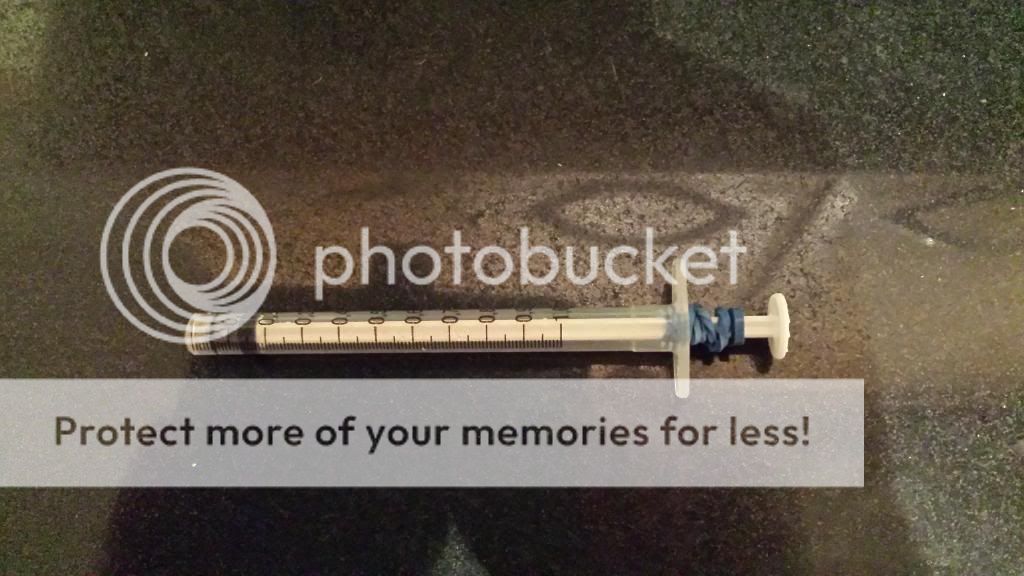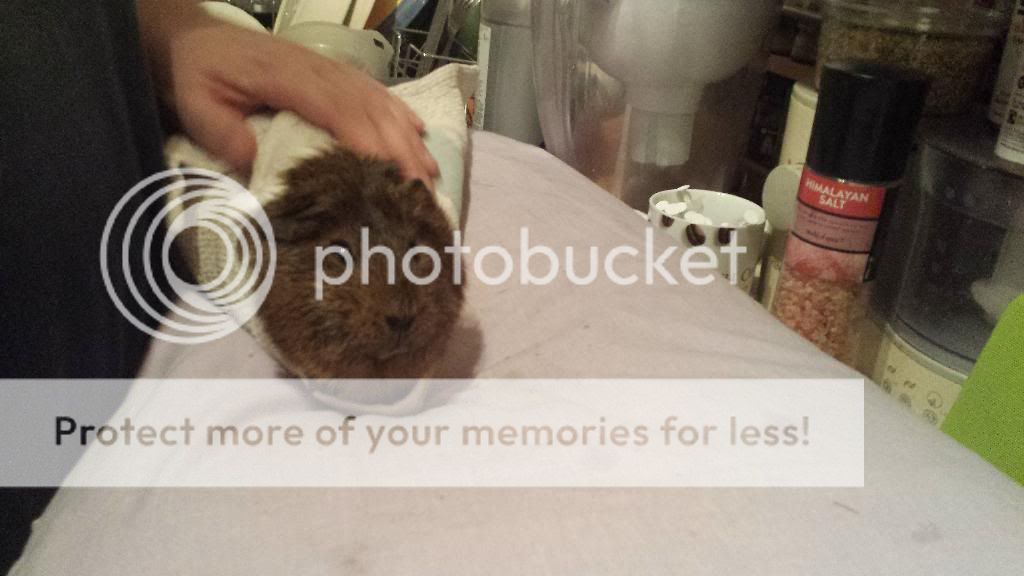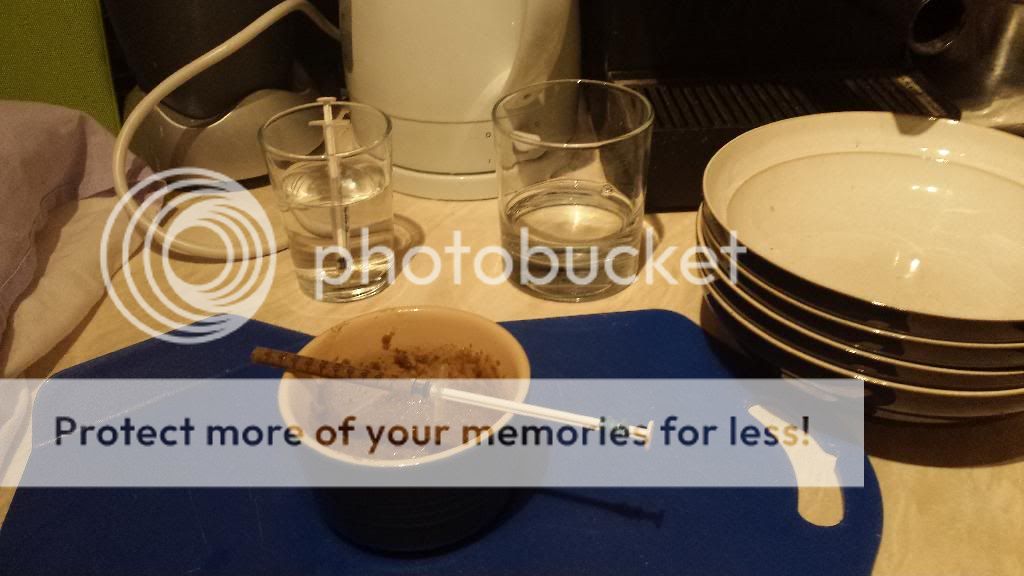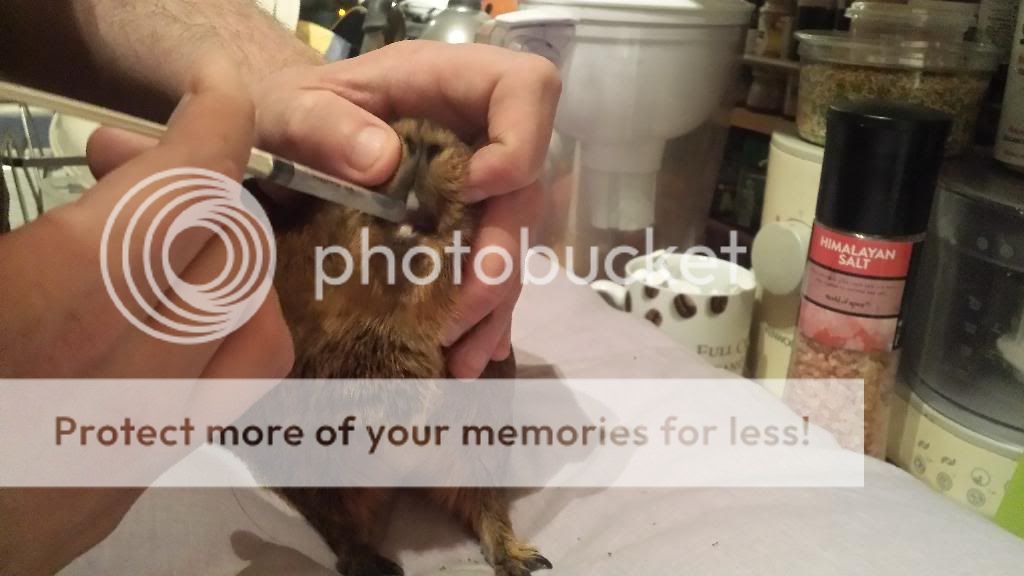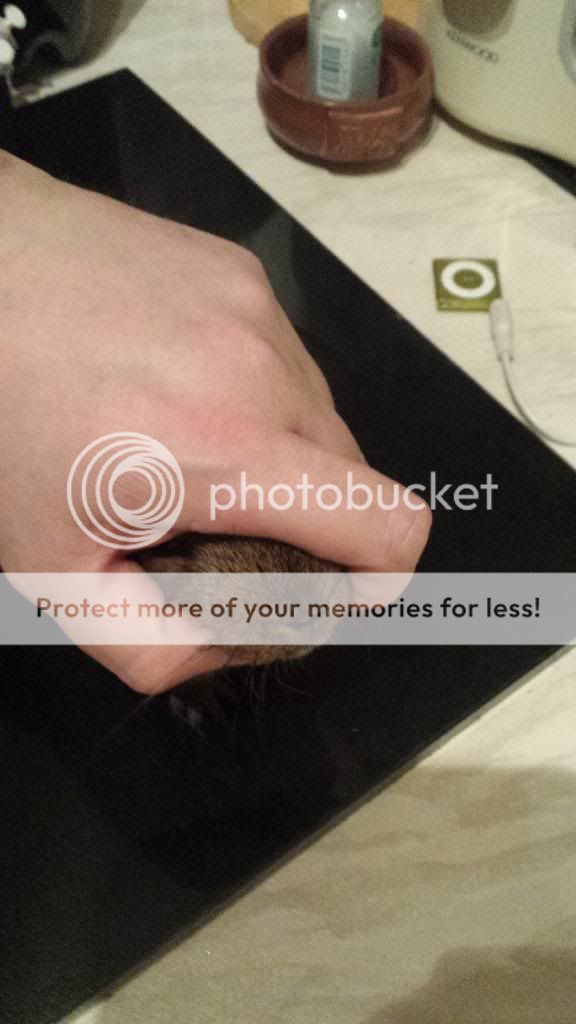How much and how often to syringe feed
A piggy needs different amounts of syringe feed and a different feeding regime depending on what kind of situation you are dealing with. If your guinea pig has still got its appetite, it may accept syringe feed in the cage and doesn't need to be taken out.
There are other recommendations for feeding higher amounts at the beginning of an illness, but in our experience this is not practicable.
Whilst feeding, use the separate cup of water to rinse the syringe so that it does not become clogged up.
Please weigh the pig daily when syringe feeding as this will enable you to monitor whether you are feeding enough to maintain their weight. Make a note of their weight and the amount of syringes given, together with any probiotics or vitamin C and fluids.
Severe illness and total loss of appetite:
This is an emergency situation! Your aim is to keep your piggy alive and the guts from closing down until it has been seen ideally as an emergency case by a vet and the medication is kicking in. Please check with your vet whether your piggy will additionally need painkillers and a gut stimulant.
Find more tips for post-operation care in this guide here:
Tips For Post-operative Care
Feed little but often round the clock. 3-5ml is often what you can realistically feed in one session every 2-3 hours with a guinea pig that is in major discomfort and that may struggle to swallow. It is also very uncooperative at this stage, so brace yourself that it can be a rather messy affair!
Make sure that you do not give more than 0.5 ml (i.e. one mouthful) at once in order to avoid anything going down the wrong way, but be aware that a piggy may only be able to cope with as little as 0.1 ml in one go. When dealing with a very poorly piggy you are aiming to give about 2ml over the course of 10-15 minutes whilst giving the piggy plenty of time to swallow and be ready for more, but depending on the severity/weakness of a piggy, it could be less. Always make sure that a piggy has swallowed the previous lot before giving more.
Also syringe as much water as the piggy will take; it is very likely not drinking either! In severe cases, you may want to use dioralyte to help rehydrating a piggy. Have the vet check your piggy for dehydration when you have it seen.
Any bit of feed you can get in during this stage can make the difference, even if you cannot make the full 40-60ml in the course of 24 hours. You may find that your piggy is a bit more willing to eat familiar tasting mushed up pellets; it can also help if you use still hand-warm boiled water when feeding the syringe mix and when watering.
Illness or recovery with reduced appetite:
Please see a vet as soon as reasonably possible if your piggy is not eating properly and is losing weight! It will likely take a few days for your piggy to recover fully from their illness or an operation, and the tummy can stay tender afterwards for some time, especially with digestive problems. The appetite can return only slowly.
Unless you are dealing with a gut problem when veg needs to be introduced very slowly and carefully only after the guts have stabilised, you can start offering a little fresh grass, herb or veg treat either at the beginning of the feeding session or to give a few syringes of feed first in order to stimulate the appetite to encourage your piggy to eat for itself; try which method works best with your piggy!
Top up with hand feed as much as necessary. Aim for about 60-90ml and up it slowly in the degree your piggy is getting better until your piggy is eating the (healthy) equivalent of about 120ml in either hand feed or solids; old guinea pigs may need a bit less; the daily weigh-in will tell you. Keep on offering water with each session. You can also reduce the feeding interval to about 3-4 sessions in the course of a full day and night depending on how well a piggy is eating. 10-20ml is about the average amount you can feed in one session.
Weigh daily at the same time in the feeding cycle until your piggy has fully recovered, then go back to a weekly weigh-in.
Dental guinea pigs or guinea pigs on long term syringe feed:
These guinea pigs are generally not ill as such and are often very hungry. Aim for about 120ml in the course of a day; older guinea pigs will need less to maintain their weight. If necessary, weigh them daily to find out how much they need to maintain/regain their normal weight.
You may need to continue syringe feeding after dental treatment at the vets, as the mouth can be very painful for a while and a piggy needs to learn to chew again. It may also need a second round of treatment until the teeth are grinding down evenly again. Please open a thread in our health/illness section for advice and support by our dental expert.
You can feed juiced or grated veg, but please keep in mind that this shouldn’t make more than 10-15% of the daily intake; the rest should be fibrous for good gut and general health. It can cause gassing in some cases.
What to do in an emergency:
- always check for out-of-hours services in your area and see a vet as soon as you can; you will have to continue syringe syringe feeding and watering until the medication is kicking in and your guinea pig is well enough to hold its weight again; that usually takes several days.
- make up feed with mushing pellets that you have to hand (see above). Try to feed as much as your guinea pig will take; little but often around the clock. See tips for severe illness.
- if you can't get to a vet or a night pharmacy to get a syringe straight away and don't have one at home in your guinea pig first aid kit, try a spoon or an artist's brush that you dip into into the syringe feed mix. Get a syringe as soon as possible, please!
First Aid Kit For Guinea Pigs


